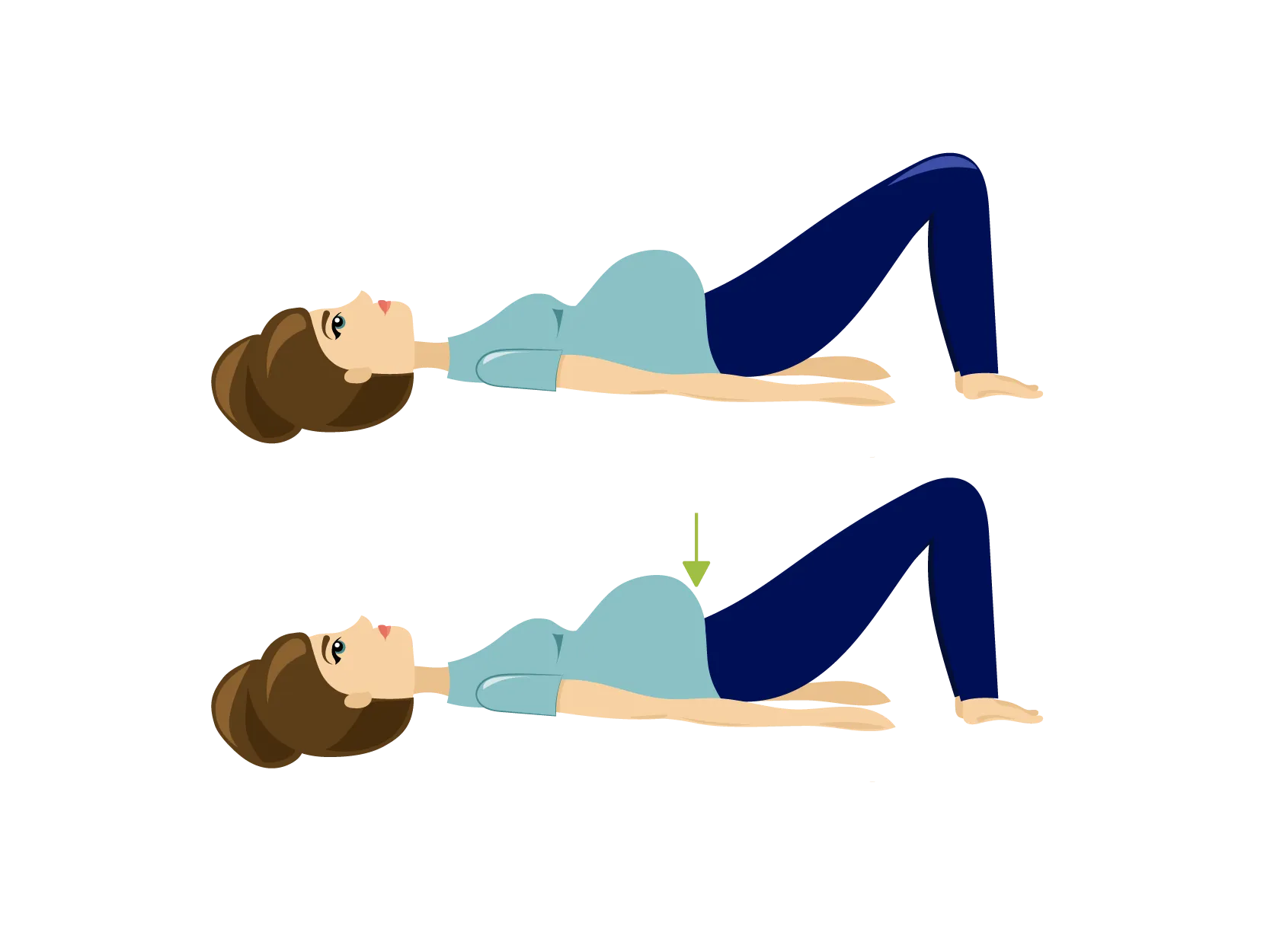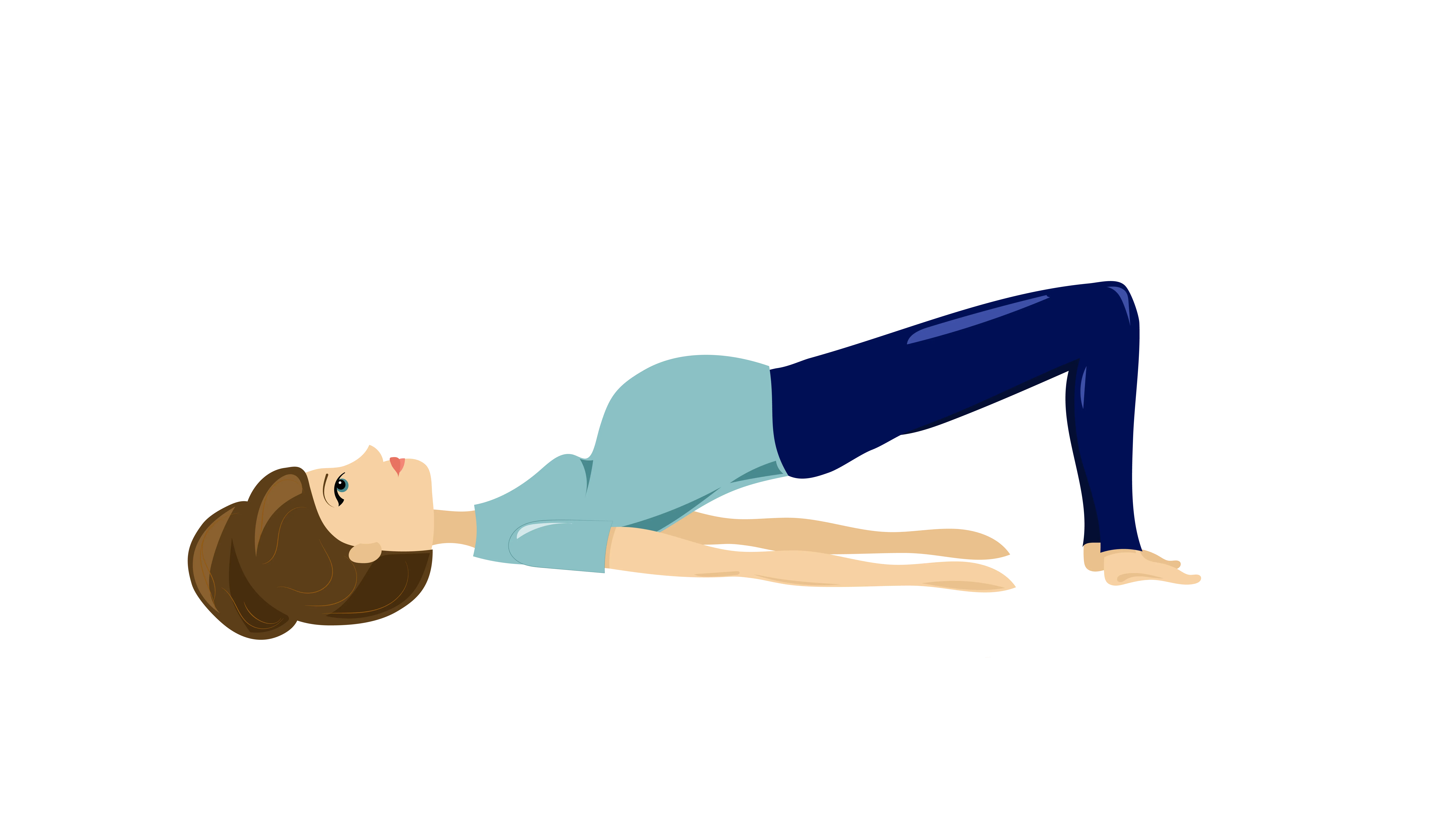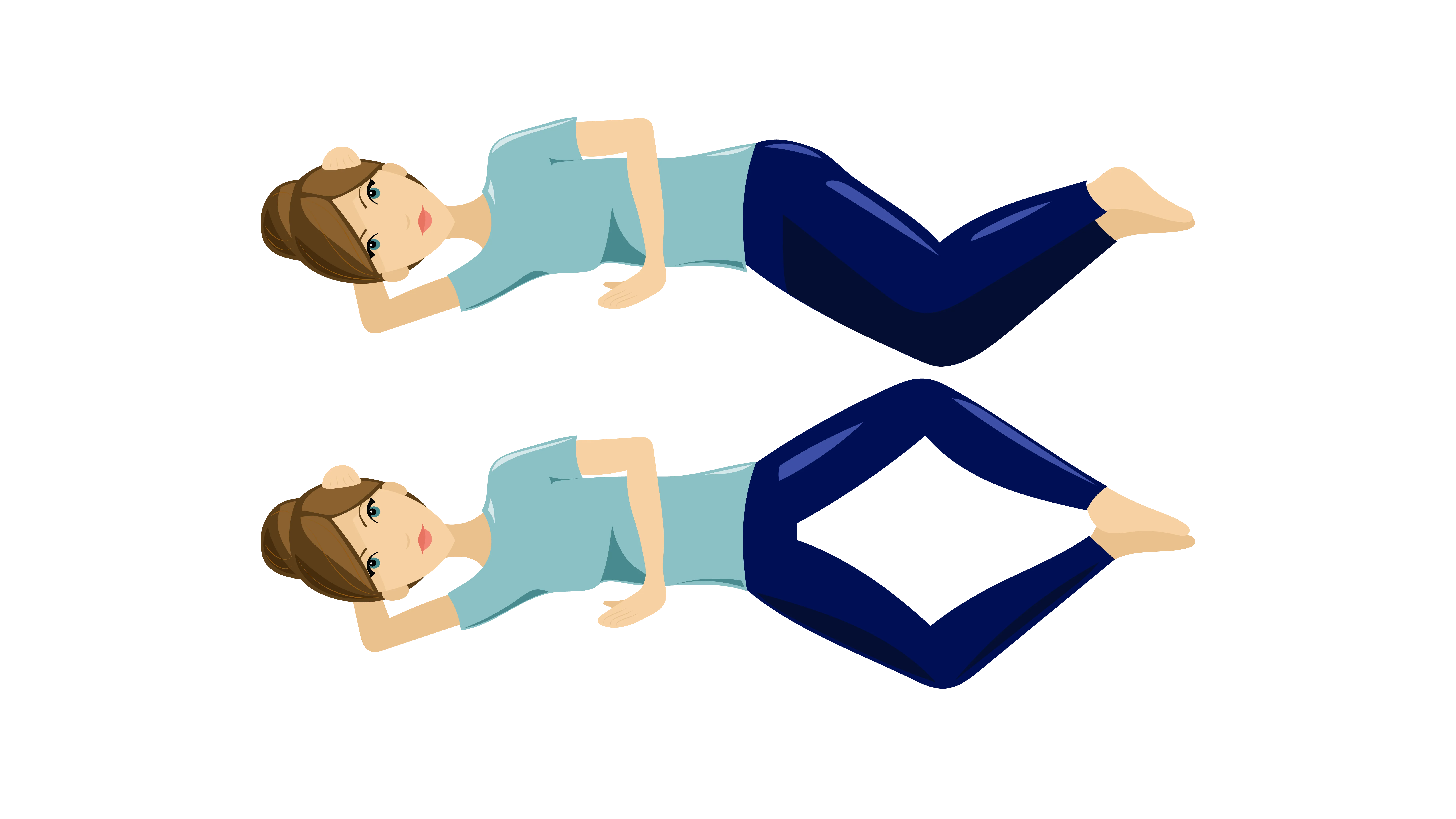Causes and symptoms
It is quite common for your growing belly and weight to cause discomfort or pain in your lower back and pelvis. During pregnancy, your body secretes a hormone that softens the cervix and ligaments around the pelvic joint.
When the ligaments soften, it can cause a feeling of instability in the pelvis.
In addition, the discomfort or pain can originate from the muscles, as these are put to work in relation to the increased body weight. The muscles along the spine and in the buttocks area can feel sore and tense and there may be a slight radiation down into the buttocks and thighs. You may also have pain in the front of the pubic bone. This may be because the increased weight from the belly weighs on the joint.
A well-known diagnosis among pregnant women is pelvic dislocation – here, strong and stabbing pain is experienced from both sides of the sacrum and in front of the pubic bone. It hurts to stand or even walk a little and it can be very painful to turn over in bed. Although it is a known diagnosis, only about 5% of pregnant women have classic pelvic luxation.

How can you help yourself
If you have pelvic pain, relief is important. If you are comfortable lying on your back without feeling uncomfortable, you can put your lower legs up on a stack of pillows so that your back and pelvis lie flat against the surface. You can also lie on your side with a hard pillow between your knees.
Using a pregnancy support belt can provide pain relief – this belt is placed around your hips and closed with Velcro straps under your stomach. It provides support for your pelvis and reduces the strain on the joint.
Try to avoid heavy lifting as much as possible, which puts strain on your back and pelvis.
It is important that you stay physically active during your pregnancy, of course with individual considerations.
This may include both cardio and strength training, which regulates weight gain, prevents high blood pressure and diabetes, and improves your sleep, mood, and your physical shape and strength.





